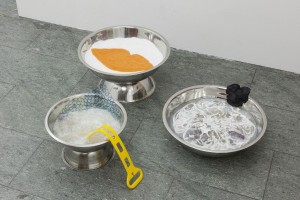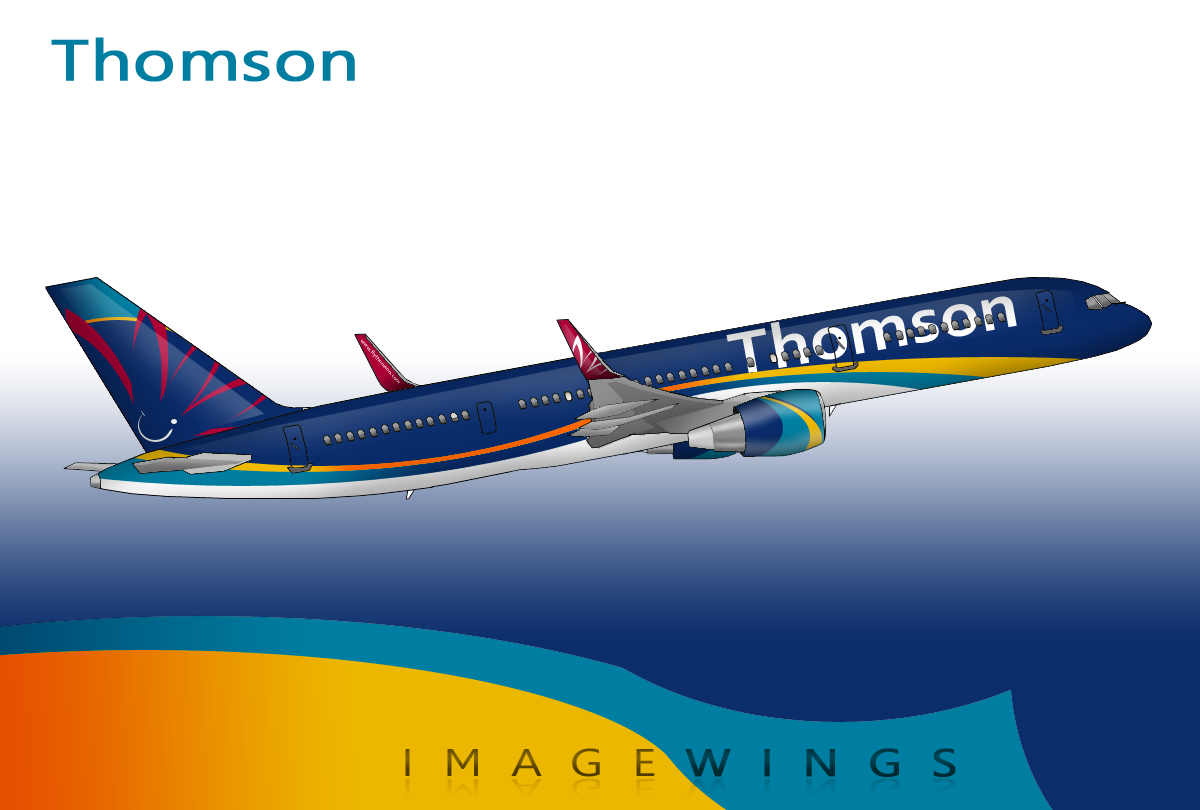
Artists: Nicolas Ceccaldi, Lili Reynaud-Dewar, Anicka Yi, Lucky DeBellevue
Venue: Karma International, Zürich
Exhibition Title: Join the Black Mamba
Date: May 3 – May 28, 2011
Full gallery of images, press release and link available after the jump.
Images:
Images courtesy of Karma International, Zürich
Press Release:
The black mamba (dendroaspis poyepis) ist he longest venomous snake in Africa, averaging around 2,5 meters and sometimes growing up to 4,3 meters. Its name is derived from the black colouration inside the mouth. the actual colour of the skin varies, from dull yellowish-green to a gun-metal gray. It is the fastest snake in the world, capable of moving 16 – 20 km/h. The black mamba’s back skin colour is olive, brownish, gray, or sometimes khaki in colour. The adult black mamba’s length is on average 2, 5 meters, but some specimens have reached lengths of 4,3 to 4,5 meters. The black mamba is the second longest venomous snake in the world, which is only exceeded in length by the king cobra. The snake also has an average life span of 11 years in the wild. The black mamba’s environment is rapidly diminishing. In Swaziland alone, 75% of the population is employed by subsistence farming. Because of agricultural encroachment on the black mamba’s habitat, the snake is commonly found in sugarcane fields. The black mamba will climb to the top of the sugarcane to bask in the sun and possibly wait for prey. The majority of human attacks occur in the sugarcane fields of east and southern Africa which employs thousands of workers for manual labour, as cane growing is not a highly mechanised industry. This encroachment on the snake’s territory contributes to potentially dangerous human contact with these venomous snakes.
Black Mamba is an inverted roller coaster built by Bolliger & Mabillard in the German theme park Phantasialand. The ride is situated in the newly themed “Deep in Africa” area of the park and is named after the black mamba snake. The ride is an inverted roller coaster, whereby the trains travel underneath the rails. The ride travels through ravines and tunnels, similar to Nemesis at Alton Towers.The track was built from 70 individual parts with 0.15 mm of manufacturing tolerance which prevents noticeable transitions between section. Construction began at four different parts of the ride which were joined together to complete the circuit. The hollow rails were filled with sand to dampen the noise created by passing trains. During the ride, forces are created of up to 4.5G. In ten places the guests experience so-called “Near Misses”, where the course passes near the walls giving the impression of an impending collision.On May 24, 2006 the park held a one day “Pre-Opening” which invited guests and officials to ride. Proceeds benefitted the building of a school in Malawi in the context of the “RTL Spendenmarathon”.
The groupshow deals with the artwork in it’s status between a natural force of power in the sense of L’art pour l’art and a cultural connotation which forms patterns and guidelines for art production. On one hand the artist working in his studio is executing full freedom. On the other hand he’s part of a certain community which imposes cultural, aesthetic and thematic implications. In this sense the artwork is always a recreation of a cultural given, a dispatch of a certain time, geogpraphic and cultural status. All these factors impose a more or less visible stamp on the artists way of perceiving the world, understanding it and on his creational process. The question is not how free is art? The question is how does the individual artist deal with this tightrope walk? How does the particular artwork meander between his state of complete detachment and individualism and his role as a social messanger? The double meaning of the black mamba (visualised by the two texts taken from wikipedia) as a natural creature and a synthetic instrument for human pleasure is a repercussion of this antagonistic state.
Link: “Join the Black Mamba” at Karma International

.jpeg&w=60&q=100&h=60)




.jpeg&w=60&q=100&h=60)


























